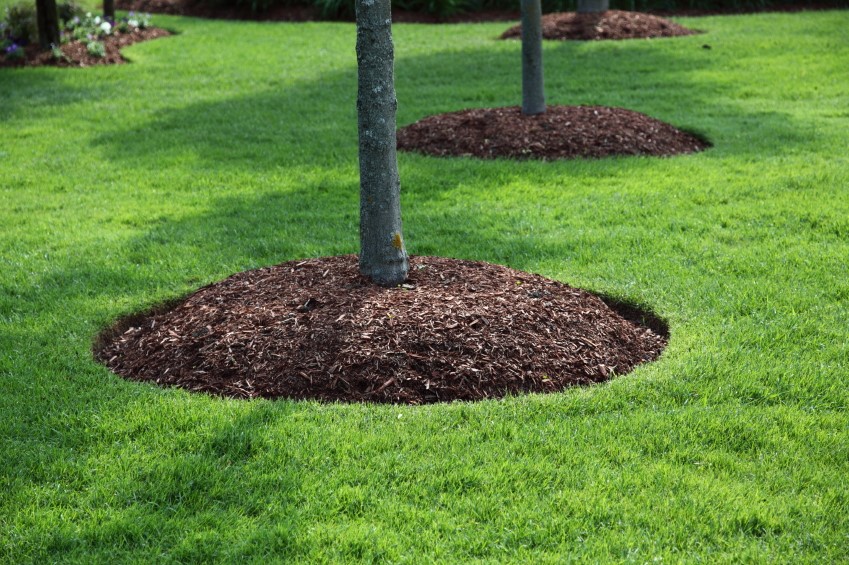The journey to having the best landscaping trees is a long and slow one. Knowing what you need to do during every step of the way is essential to not only having healthy trees but also in helping the trees stay relevant and beautiful.
There is no question that a lot of maintenance goes into keeping a tree looking good but, you don’t need to be an expert or understand all the processes. There are the primary eight steps which, if done correctly, offer everything your tree needs for great results.
1. Planting the right tree the right way
You need to start by picking the right tree for your landscape and fostering health in planting it the right way. Even with the best maintenance processes, a tree that is not suited for your set up will stick out like a sore thumb.
When picking out the seedlings, you want those with plenty of root growth and good color. You will also need to consider whether you want a big tree or a potted one. The requirements for each of the trees is different as well as the planting process.
How you plant the tree depends on the seedling you have bought. Bare root tree seedlings have a different planting process compared to Balled and Burlapped and containerized trees. Once you have selected the right seedling and followed the right planting procedure, your tree is off to great start.
2. Mulching
This is an important step for your tree that helps to insulate the soil and it also provides a buffer against high and low temperatures. Mulching also helps to retain the moisture content of the roots and keeps weeds at bay.

While mulching, you should keep the mulch away from the trunk to avoid rotting and spread it out across a diameter of up to three feet for the best results.
3. Pruning
There are a lot of technicalities when it comes to pruning and the approach you take is mainly dictated by why you are pruning. In cases where you just want to get rid of the deadwood, pruning can be done at any time.
Pruning is best for instances where you want to foster a burst of new growth. For this, it is best you wait until the coldest times of winter have passed for the best results.
During summer, you can prune to direct the growth by getting rid of branches that slow down the growth process. This can also be done to improve the yield of the tree. When pruning, you should always make sure you do not remove more than ¼ of the tree’s crown in that season.
4. Apply fertilizer
Fertilizers provide the tree with vital nutrients that propel its growth and lushness. Even though they are important to trees, they are only effective if the right type and amount is used at the right time.
You should be careful not to over-fertilize your tree since this can quickly poison the root system which will affect the growth of the tree. You can tell that your tree is over fertilized if it has dead branches, there are salt deposits on the surface of the soil, or there is yellow foliage around the tree.
5. Manage diseases
For lush looking trees, you have to keep a close eye on pests and diseases. Without proper and timely detection, pests and diseases can ravage a tree in a very short time.
When combating such challenges, it is always best to try and approach it from a biological point of view. However, if the damage has progressed, you have no other option but to apply chemical methods.
6. Monitor soil compactness and nutrient deficiency
Compacted soil presents many problems like reduced water and nutrient penetration which eventually affects the health of the tree. Before you add any fertilizers, it is important that you check for any nutrient deficiency by testing the soil to identify the right fertilizer.
You should always test the soil before planting and once every three years after the tree has been planted.
7. Watering
Water is life to trees. Even though this is a simple step, it happens to be one that is regularly forgotten. If you want a tree with a lush look, hydration is a must. How many times you do it should depend on the humidity of the surrounding.
8. Constant monitoring
You will not need any tools for this other than your eyes but, it is among the most vital steps in keeping a healthy landscaping tree. Different pests and disease symptoms will present themselves differently in various trees. Whenever you notice any changes, you should engage a professional for advice on the way forward.
Trees are a great addition to your backyard landscape. They offer shade and promote healthy growth to the surrounding plants not to mention the beauty they bring to the fold. Keeping them healthy is the ideal contribution to the beauty of your lawn.



